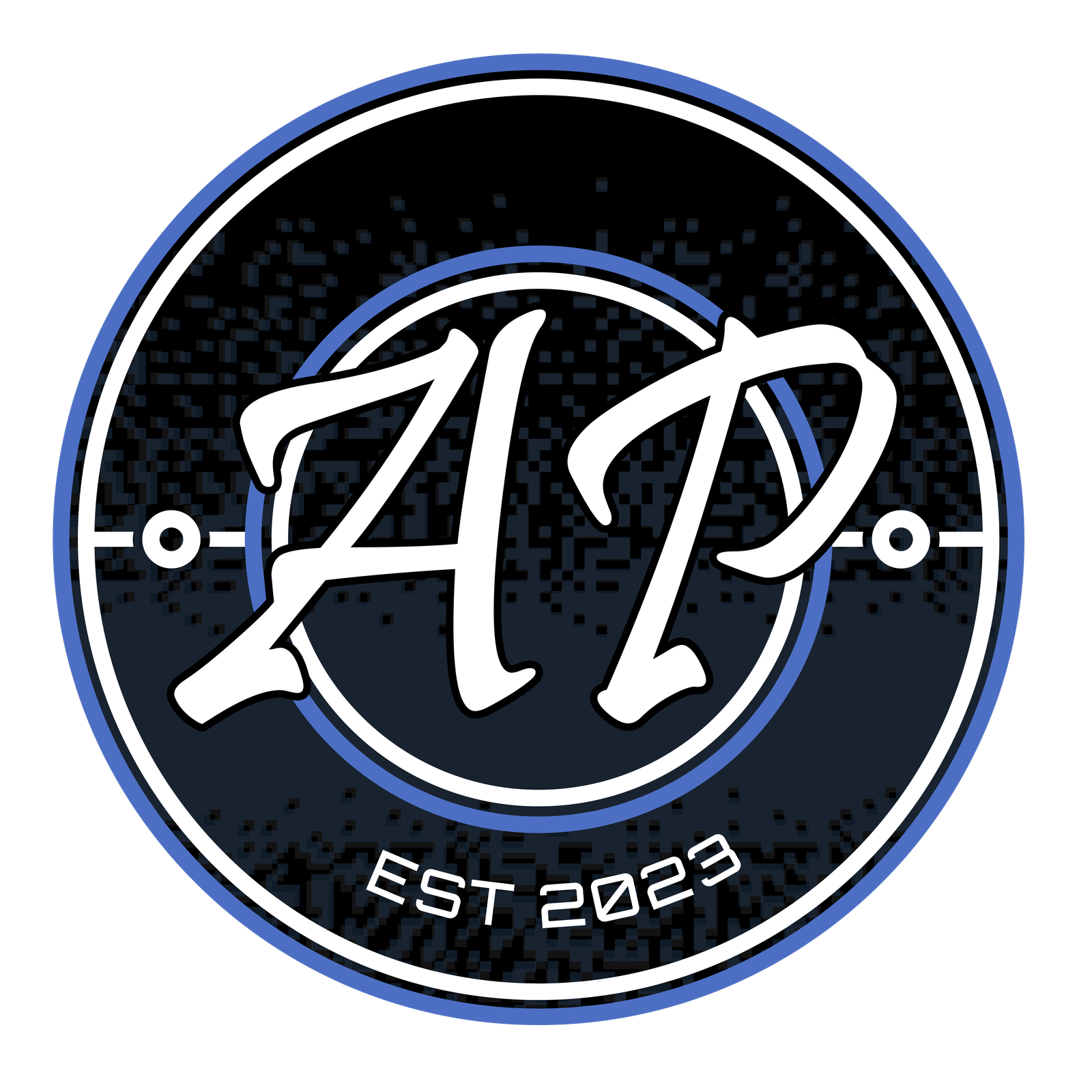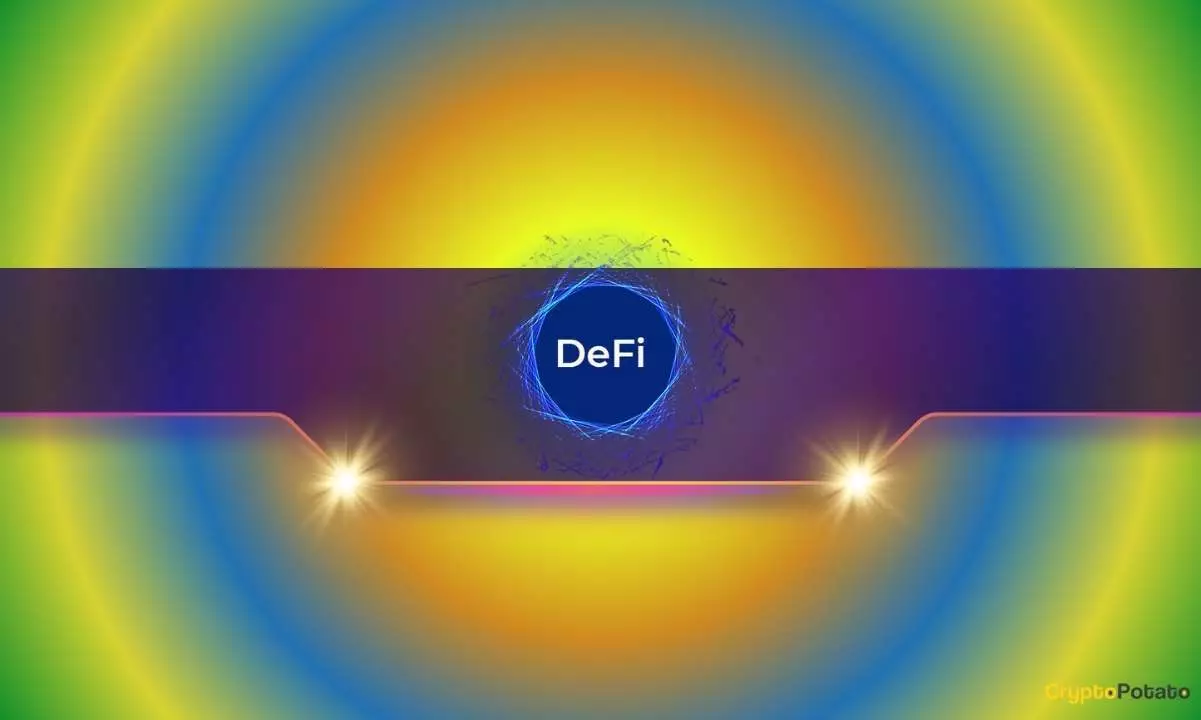Decentralized Finance (DeFi) has multiplied in scope and value since its inception, impacting how traditional financial systems operate. With the emergence of numerous projects, distinguishing which ones are making genuine progress relies heavily on monitoring development activities. The analytics platform Santiment recently conducted a study measuring the development momentum of various DeFi projects, ranking them based on significant programming events. This article provides a fresh analysis of the top contenders in the DeFi space, shedding light on what these numbers mean for the sector.
Measuring Development Activity: The Santiment Approach
The methodology employed by Santiment highlights an important aspect of the DeFi ecosystem—meaningful programming efforts. The platform filters development events across various blockchains, presenting a clearer picture of which projects are evolving effectively. This approach aims to eliminate trivial actions that might inflate development statistics, allowing for a more honest representation of each project’s growth.
The metrics used in this evaluation are insightful for the community. They take into account not only the sheer volume of coding activity but also the size and engagement of the community behind a project. Analyzing GitHub contributions offers insight into how committed developers are to a project’s future, which is arguably as crucial as the features a project promises.
Synthetix Network emerges at the forefront of Santiment’s rankings, boasting an index of 266.57. Interestingly, the price of its native token, SNX, has shown a consistent uptick of about 5% over the past month, resting around $1.40. While this is a positive shift, it’s worth noting that SNX is significantly below its peak prices in previous years, which were as high as $27.
Following closely behind is dydx, which has maintained a notable presence in the DeFi sector. With a development activity index of 170.93, dydx illustrates robust engagement despite its recent price decline of nearly 15%. As the landscape evolves, the project’s ability to innovate and draw developer attention will largely dictate its resilience and market position.
Lido DAO Token (LDO) and Injective (INJ) have climbed to third and fourth places respectively, marking significant shifts in their development landscapes. LDO’s ascension is particularly noteworthy, indicating a growing interest and commitment to staking derivatives. As the DeFi ecosystem becomes increasingly competitive, such changes draw attention to how well projects adapt and innovate.
Injective’s rise reflects a similar trend, emphasizing the importance of continuous development in capturing market share. For both projects, sustaining development activity over time will be crucial in ensuring they remain relevant players within the DeFi community.
Challenges Ahead: The Case of Osmosis
In contrast, Osmosis (OSMO) has experienced a decline, falling out of a stronger position within the top five rankings. Such movements are often indicative of broader market sentiments or internal project challenges. For OSMO to regain its footing, a revitalization of development efforts coupled with community engagement might be necessary.
Companies in the DeFi arena must remain vigilant, adapting to changes rapidly—be it technological advancements, regulatory shifts, or competitive pressures. Projects that once enjoyed the spotlight can quickly falter if they lose their momentum.
According to Santiment, understanding the community behind each project adds another layer of context to development activity. A vibrant community can act as a catalyst for growth, driving both user adoption and innovative contributions. However, the relationship between coding efforts and community engagement should not be overstated; development is only one piece of a larger puzzle that includes marketing, user experience, and regulatory compliance.
As decentralized finance continues to evolve, the significance of monitoring development activities cannot be underestimated. The rankings shed light on which projects are making strides and which may be losing traction. For stakeholders and investors alike, focusing on these metrics provides a crucial understanding of the potential for growth and sustainability in this ever-changing landscape.















